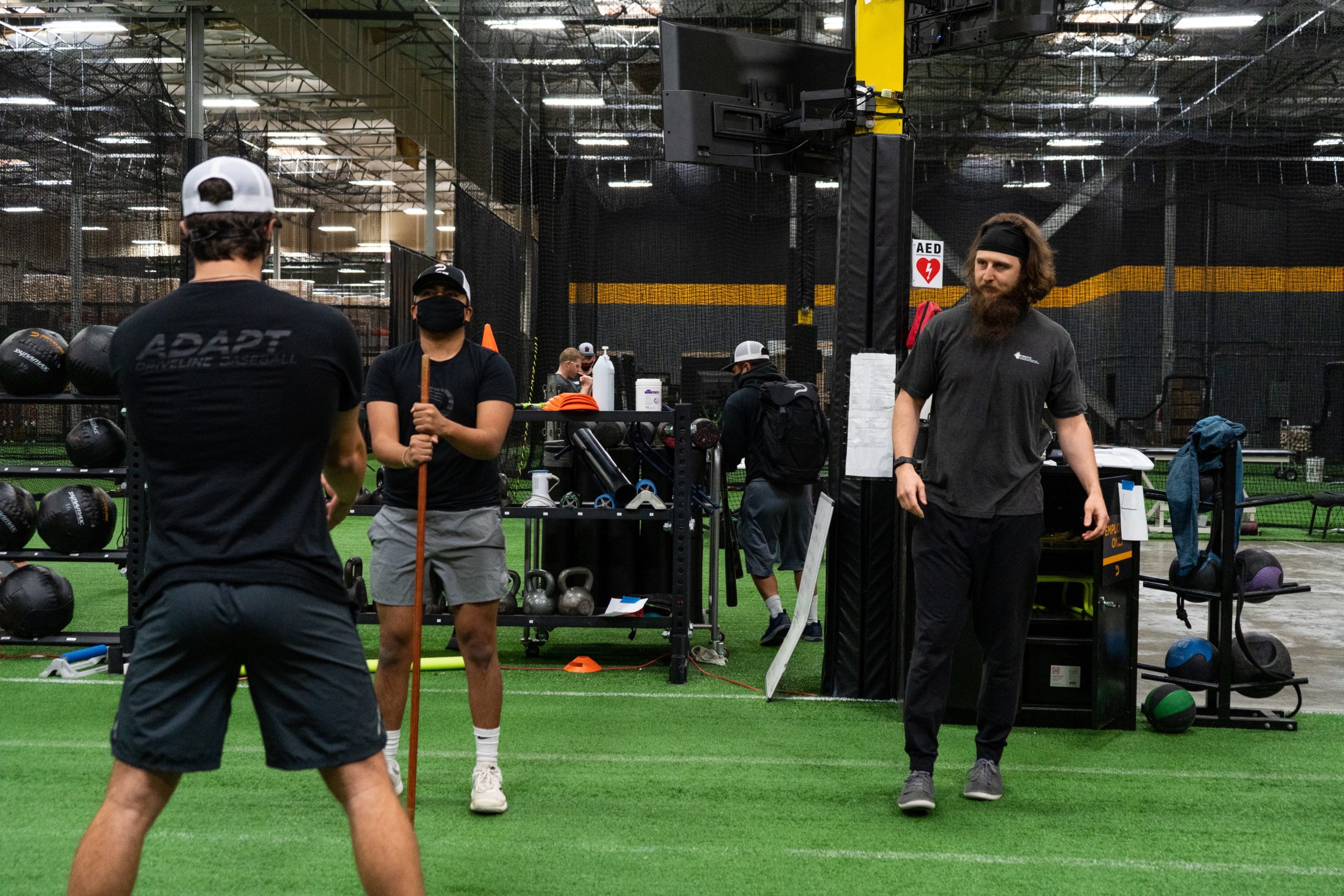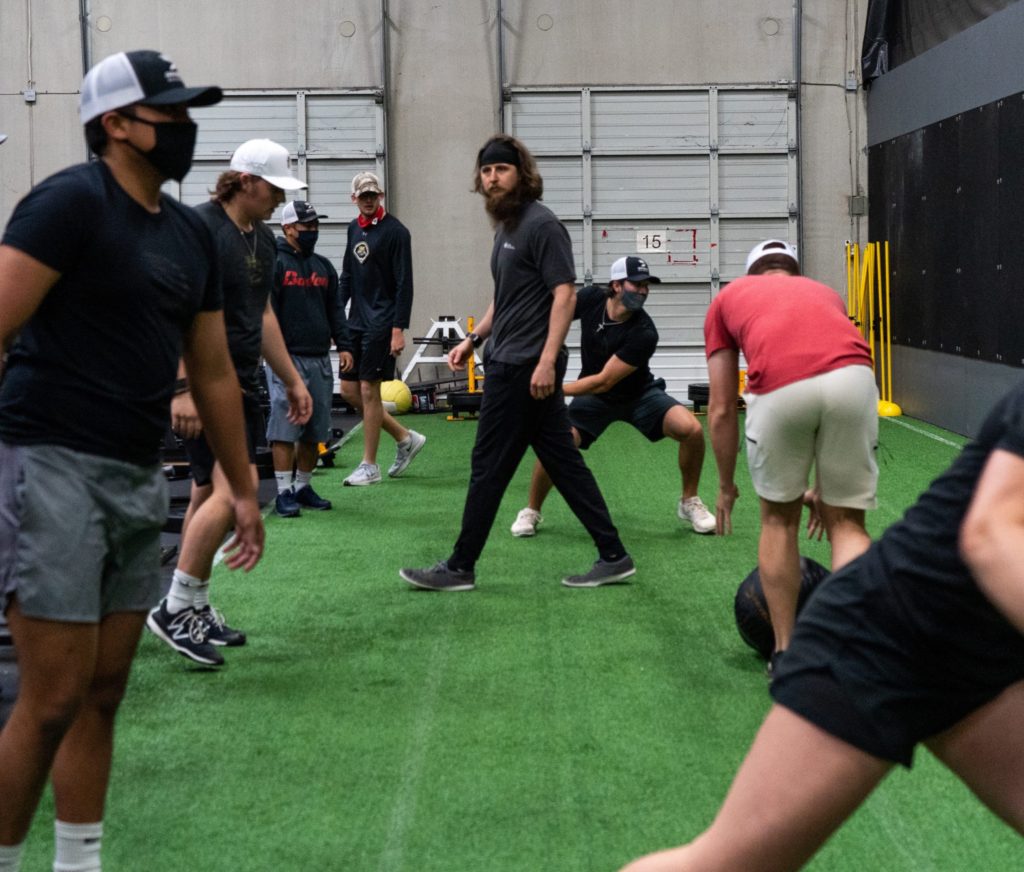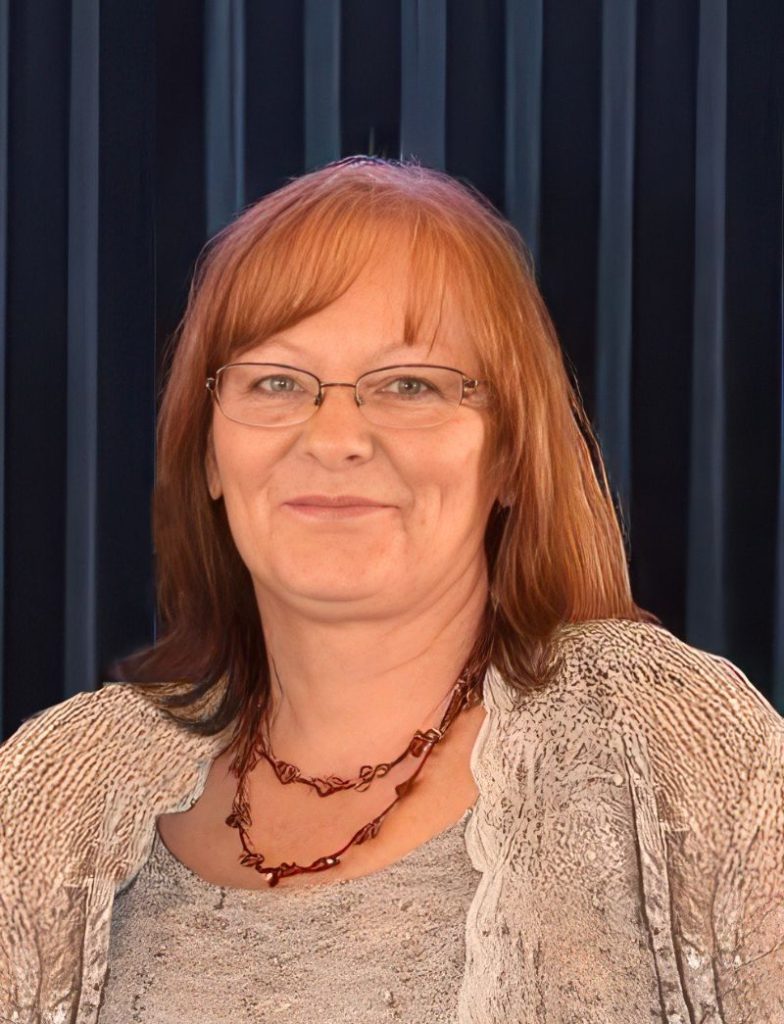Canton man played small part in Angels’ Shohei Ohtani’s historic baseball season

CANTON, Mo. — Steffen Simmons won’t take credit for it. He won’t say much about it.
But as the world sees Shohei Ohtani having the kind of season that no player has experienced in the history of baseball, Simmons can take a small piece of satisfaction from it.
The Japanese superstar is making baseball history tonight, earning a spot on the American League team for the All-Star Game in Denver as the starting pitcher and hitting leadoff as the designated hitter. Ohtani leads all of baseball with 33 home runs through Sunday’s games, and he is third in the American League with 70 runs batted in. He also has a 4-1 record as a starting pitcher with a 3.49 earned run average, striking out 87 batters in 67 innings.
Injuries slowed Ohtani after he was named the American League Rookie of the Year for 2018. He underwent Tommy John surgery after the 2018 season and didn’t pitch in 2019. Surgery was needed in September 2019 to repair a bipartite patella in his knee. He batted just .190 in the shortened 2020 season, and a flexor strain in his right elbow limited him to just 1⅔ innings on the mound.
At the end of the 2020 season, Ohtani and his agent, Nez Balelo, formulated a plan to overhaul the Angels star’s offseason regimen. According to a Feb. 2021 story by Fabian Ardaya of The Athletic, Ohtani’s offseason included a visit to Seattle to tour Driveline Baseball, one of the sport’s most notable player development centers.
Known for its usage of data, Driveline’s client roster includes Trevor Bauer, Clayton Kershaw and Kenley Jansen of the Los Angeles Dodgers and Adam Ottavino of the Boston Red Sox. Ohtani entered spring training fully healthy for the first time in years, helped by work in the weight room and offseason study at Driveline.
‘The premier data-driven baseball player development organization’
That’s where Simmons comes in.
Simmons, a 2011 graduate of Canton (Mo.) High School, is the head strength coach at Driveline. He was among the Driveline staff members who Ohtani met.
“Yeah, he was in. We captured some data on him. That’s really all I’m at liberty to discuss,” Simmons said with a laugh. “He was awesome, a blast to work with. When he came in, he just wanted to be treated like one of the guys.
“I had a very, very small influence. (Ohtani) was a beast when he came in for his initial assessment, and we collected the initial data. … He had already shown the physical capabilities to hit 500-foot home runs and throw 100 miles an hour. There wasn’t really a ton of change that needed to be made as far as the weight room goes and the strength side of things.”
Driveline Baseball touts itself as the “premier data-driven baseball player development organization in the world.” Players are trained through state-of-the-art motion capture assessments, physical therapy evaluations, and specialized assessment-retest based pitching, hitting and high performance coaching.
Driveline works with players of all ages and skill levels. Bauer, who won the National League Cy Young Award last season, is the company’s most high-profile success story.
“(Driveline) has been around for quite some time now, but it really blew up a few years ago,” Simmons said. “Guys like Bauer really just helped blow it up onto the baseball scene. What they were doing was so much different than what traditional baseball development looked like, and the place exploded. Bauer kind of helped push Driveline’s popularity to the level that it is now.
“My main responsibility as far as being on the training floor is with any of our private trainees, people who pay to come here to have one-on-one training.”
The assessment process at Driveline with players like Ohtani or Bauer typically takes a week. A person is first stripped down to their boxers while a series of markers are stuck on their body.
“We do a motion capture assessment with some very high tech cameras,” Simmons said. “We can process that data and show them exactly what’s happening.”
The strength staff takes over, looking at all of an athlete’s joints to assess range of motion. Explosive strength, reactive strength and maximal strength are tested.
“It all just sort of lets us put this little puzzle together,” Simmons said. “We write a program based on all that data. We’ve seen guys who weigh 160 pounds when they come in, and they have a great delivery but no horsepower. We’ve seen guys who are 6-2, 220 pounds and strong as an ox, but they lack on the skill side. Our training programs are really tailored to each person.”

Injuries derailed pitching career at Lindenwood
After graduating from Canton, Simmons played college baseball at Lindenwood University in St. Charles, Mo. The 6-foot-4 left-handed pitcher made nine appearances during his freshman and sophomore seasons. He didn’t pitch at all in 2014. Arm and shoulder injuries limited him to 2⅔ innings as a junior in 2015 and 1⅓ innings as a senior in 2016.
“My shoulder started bothering me toward the tail end of the Legion season the summer after I graduated,” he said. “I just never really understood what a training cycle should look like. I never knew how the building velocity phase should look like. I didn’t understand how to balance the throwing side of training with the strength side of training.”
Simmons started as an accounting major when he attended Lindenwood.
“When I had elbow surgery, I knew I was going to be there for an extra year,” he said. “I just evaluated my life, looked in the mirror and decided I didn’t really like accounting all that much, and I didn’t want to sit behind a desk every day.
“So what did I really want to do? I really enjoyed working in the gym. I really enjoyed the development process. So I started studying exercise science, and I graduated with two degrees.”
Simmons completed an internship with Premier Pitching Performance (also known as P3) in Wentzville, Mo., in the fall of 2015 and the spring of 2016. He also interned with Bommarito Performance Systems in Miami in the summer of 2016, then returned to P3 to take a full-time job.
Simmons worked on strength and conditioning for four years at P3 with major leaguers like Baltimore Orioles pitcher John Means (who threw a no-hitter against Seattle on May 5) and Kansas City Royals outfielder Andrew Benintendi.
“We had a lot of success in growing that program,” he said. “The facility grew and got a pretty good reputation. I was a little star struck when I was an intern and worked with the first group of pro guys. I worked with probably 40 professional football players when I was at Bommarito. But you find out they just want to be one of the guys. They don’t want to be treated any different. The more you do it, the more you get used to that.”
‘I wouldn’t change a thing’
He made the move to Driveline in April 2020.
“I had a pretty good idea of what I was stepping into, but I don’t think I had quite the grasp on exactly what kind of beast it is,” Simmons said. “If you would have told me five years ago that I would have anyone from an 11-year-old up to a big leaguer listening to what I had to say about their training, I would have said you were crazy.”
Many of Driveline’s staff members go on to work for professional sports franchises, but for now, Simmons is happy where he is.
“I’d be lying if I said pro ball didn’t have its draws,” he said. “But the support staff here is incredible. All the people are great. I love how fast we can move to change the game and push the needle forward. I feel like I can impact the game just as much from here than I could at a major league organization.”
What would Steffen Simmons, the strength coach, have told Steffen Simmons, the high school baseball standout?
“I would have told that kid to do more research and don’t train like an idiot,” he said with a laugh.
“After high school, I really struggled to stay healthy. I had a lot of injuries. A lot of it comes down to that I didn’t really understand what the body needed to do to throw a baseball and didn’t train according to what the body needed to do to throw that baseball. I really shot myself in the foot a lot when it came to training, when it came to what I did day to day.
“But I wouldn’t be where I’m at right now without those setbacks and injuries. I wouldn’t change a thing.”
Miss Clipping Out Stories to Save for Later?
Click the Purchase Story button below to order a print of this story. We will print it for you on matte photo paper to keep forever.

